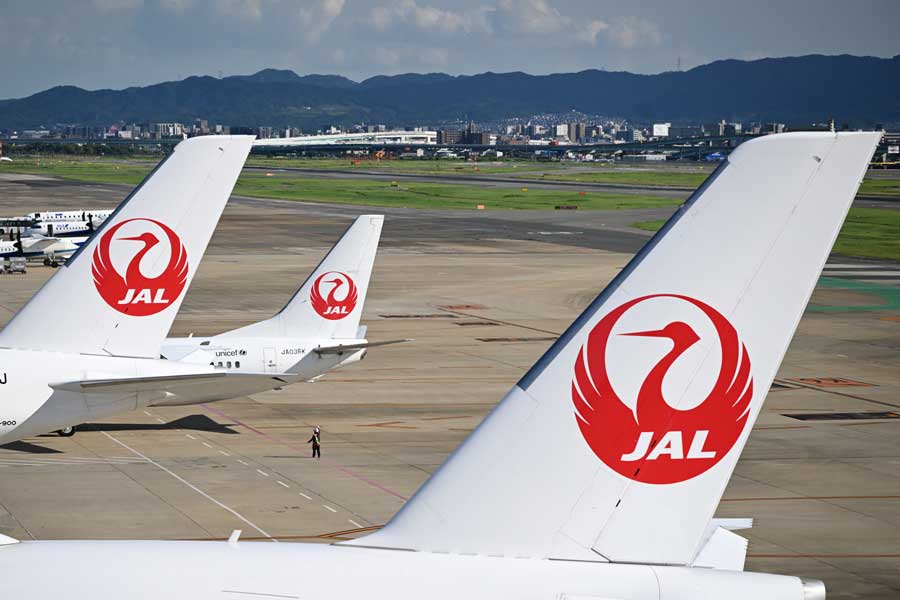
JAL Suspends Same-Day Standby and Upgrades at New Chitose Airport on December 12 Due to Snow
Japan Airlines (JAL) and Bridgestone have expanded the use of predictive tire wear technology for planned tire replacement operations to large aircraft, including the Airbus A350-900.
Aircraft tires support takeoff and landing under harsh conditions such as heavy loads, high speeds, and a wide range of temperatures from high to low. Despite the need to replace tires after several hundred takeoffs and landings, the rate of wear progress varies depending on the usage environment, making it difficult to predict the timing of replacement. This has often resulted in unplanned tire changes and clustered replacement periods, turning it into unplanned work.
Since May 2020, planned tire replacement operations have been implemented for regional aircraft operated by J-AIR, using flight data and predictive tire wear technology to accurately predict when tires need to be changed.
Over approximately four years of operation, this initiative has led to more efficient tire replacement work, standardization and reduction of tire and wheel inventory, and a consequent reduction in carbon dioxide emissions during production and usage. It has also contributed to reduction in unplanned overtime for mechanics, work style reform, and improvements in maintenance quality.